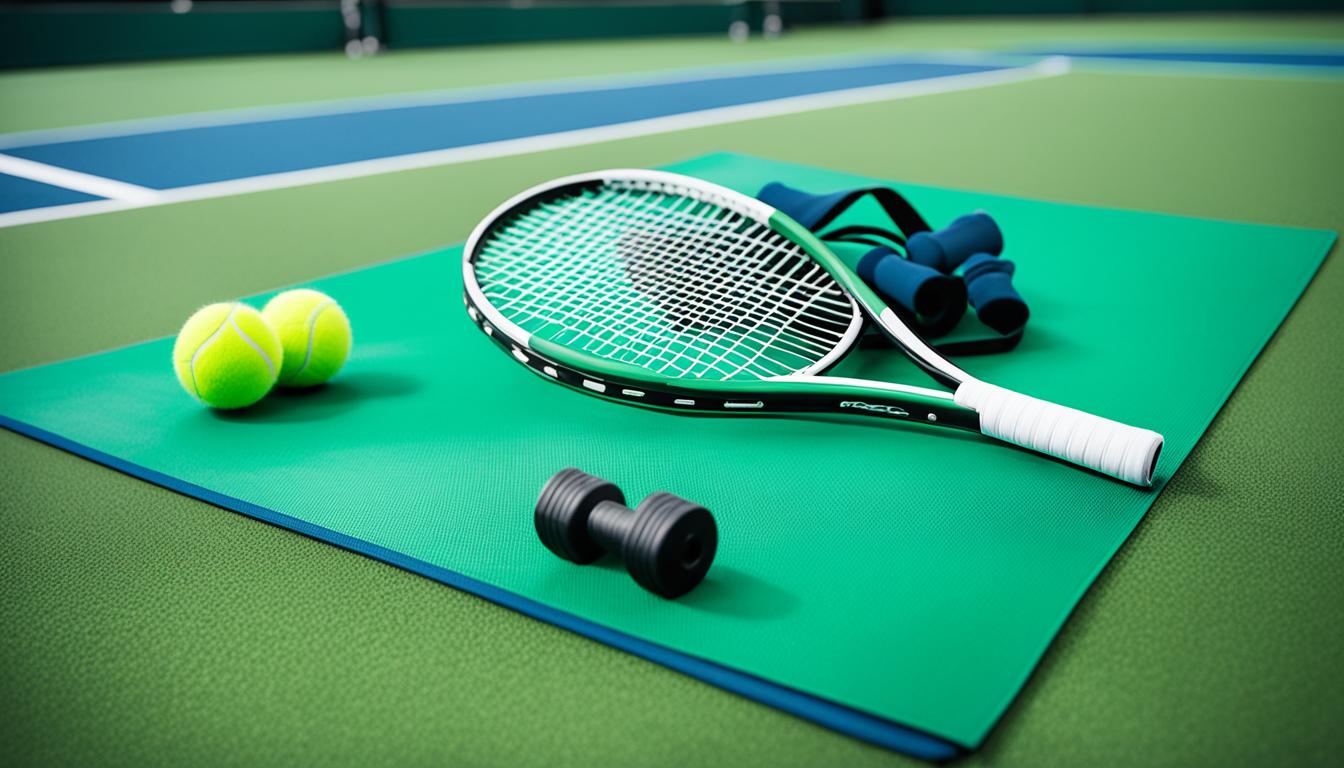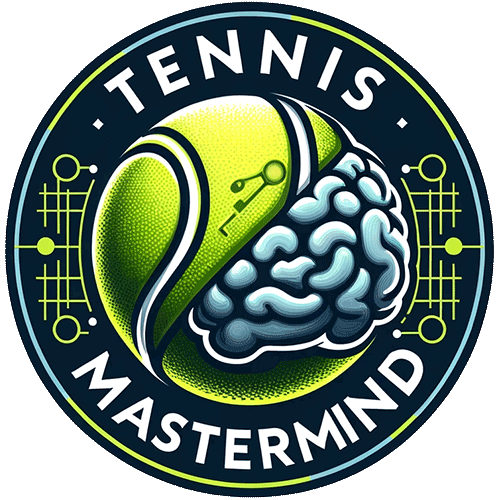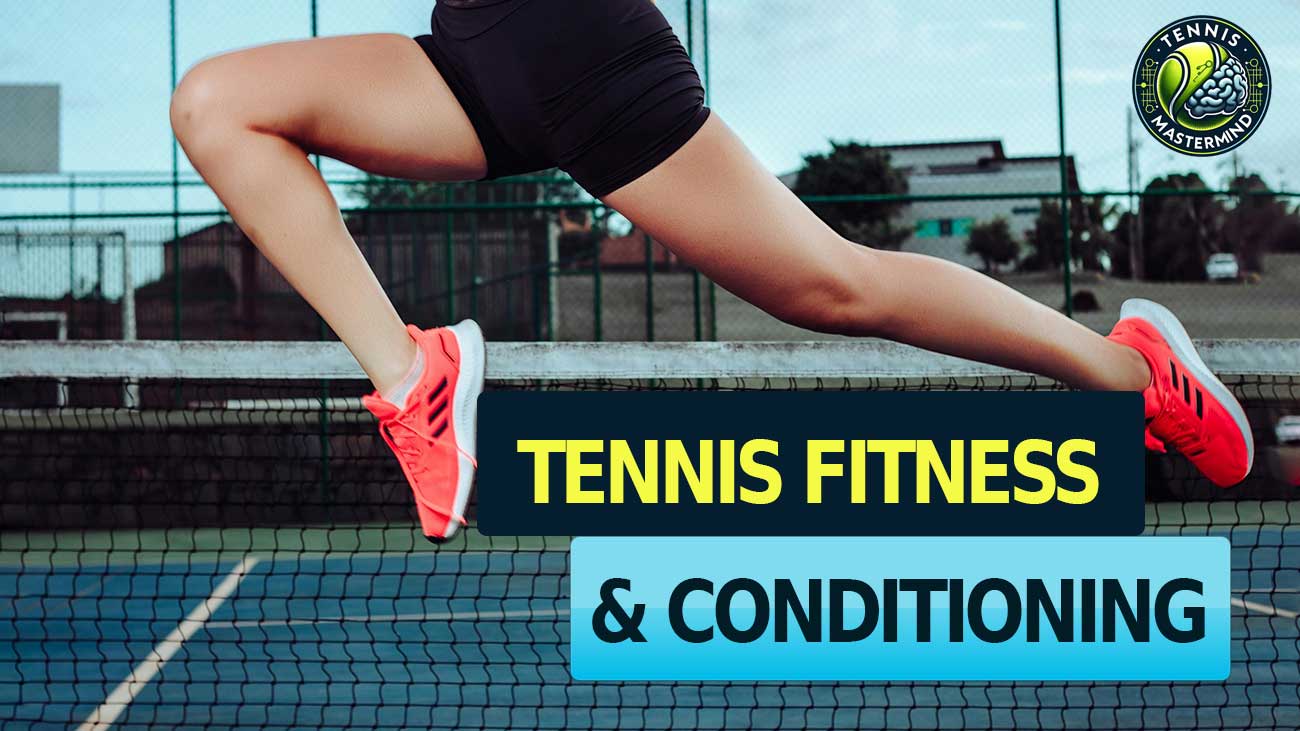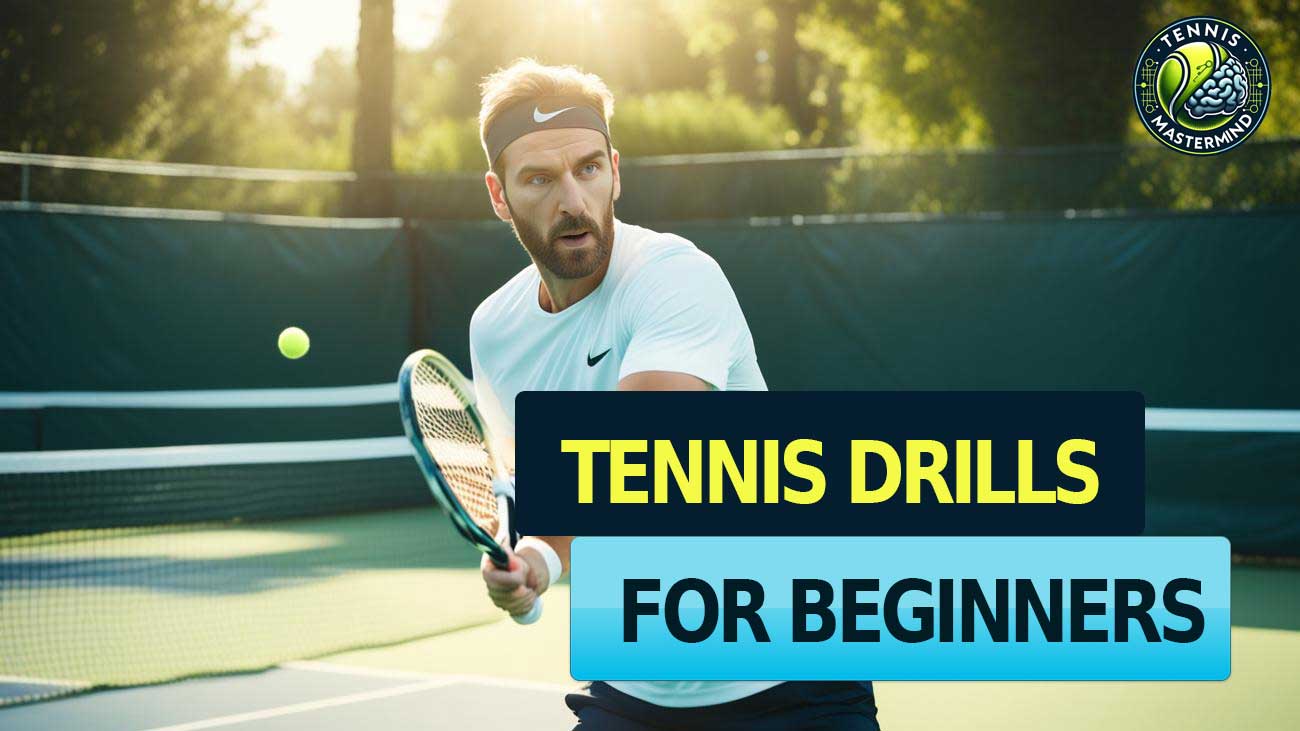Welcome to your ultimate guide for tennis fitness circuit workouts and exercises. In this guide, we will provide you with a variety of workouts and conditioning exercises specifically designed for beginners in the sport of tennis. These exercises will help improve your explosiveness, conditioning, and overall strength. We will also include videos demonstrating the exercises for a more visual understanding. This guide is meant to be a valuable resource to elevate your game and help you achieve your tennis fitness goals.
Key Takeaways:
- Improve your tennis fitness with specific workouts and exercises designed for beginners
- Enhance your explosiveness, conditioning, and overall strength through targeted training
- Watch instructional videos to visually understand the exercises
- Consistency and dedication are key to achieving your tennis fitness goals
- Make sure to prioritize building a strong foundation and focus on proper form
Circuit Workouts for Tennis Conditioning
Welcome to the exciting world of circuit workouts for tennis conditioning! These dynamic and challenging workouts are specifically designed to improve your overall fitness and conditioning for the sport of tennis. By incorporating circuit training into your fitness routine, you can enhance your performance on the court and elevate your game.
Why are circuit workouts so effective for tennis players? Well, these workouts simulate the intensity and movements required in a tennis match, helping you build the strength, agility, and endurance necessary to excel on the court. Whether you’re a beginner or an experienced player looking to take your game to the next level, circuit training is your secret weapon.
So, what exactly does a circuit workout for tennis conditioning involve? A typical circuit workout consists of a series of exercises performed consecutively with minimal rest in between. This high-intensity approach not only helps you improve your fitness level but also teaches you to maintain focus and perform under pressure, just like in a real tennis match.
Here are some sample exercises that you can include in your tennis circuit workout:
- Jump rope: This classic exercise is excellent for improving cardiovascular endurance and footwork.
- Jump lunges: These explosive lunges target your lower body muscles and improve your leg strength and power.
- Toe taps: By quickly tapping your toes on an elevated platform, you can enhance your agility, coordination, and speed.
- Sprinting drills: Sprinting drills are fantastic for improving your acceleration, speed, and anaerobic fitness.
- Medicine ball slams: This full-body exercise helps you develop explosive power and core strength, essential for generating powerful shots on the tennis court.
Remember, these are just a few examples of the exercises you can incorporate into your circuit workout. The key is to target different muscle groups and focus on improving your explosiveness, agility, and endurance – all vital components for success in tennis.
Ready to take your tennis fitness to new heights? We’ve got you covered! Check out this video that demonstrates a tennis circuit workout featuring some of the exercises mentioned above:
Incorporating circuit workouts into your training routine is an excellent way to enhance your tennis fitness and better prepare yourself for the physical demands of the game. So, grab your training gear, find an open space, and get ready to push yourself to new limits!
Repeated Effort Training for Tennis Players
Repeated effort training is a vital component of tennis training for beginners. This type of training focuses on enhancing a player’s ability to sustain high-intensity movements over a prolonged period of time. By incorporating specific tennis strength and conditioning exercises into your fitness routine, you can enhance your conditioning and elevate your game on the court.
During repeated effort training, you perform tennis movement drills at an intensity level higher than what you experience during a match. This helps condition your body and build mental toughness, allowing you to maintain your performance level throughout the game.
By pushing your limits and exceeding the demands of a match, repeated effort training prepares you to overcome fatigue, recover quickly after intense points, and push through challenging situations.
This type of training is essential for beginners in tennis as it helps develop the necessary endurance and stamina required for the sport. Additionally, repeated effort training enhances your ability to make quick, explosive movements on the court, improving your agility and overall performance.
To give you a visual representation, here is an example of a repeated effort training exercise:
- Exercise: Side-to-Side Shuttle Runs
- Instructions:
- Set up two cones or markers approximately 10 meters apart.
- Start at one cone and sprint to the other cone.
- Touch the ground with your hand at the second cone, then immediately change direction and sprint back to the first cone.
- Repeat for a set duration, such as 30 seconds, then rest for a short interval before performing another set.
This exercise targets your lateral quickness and explosiveness, simulating the fast-paced movements required in a tennis match. Incorporating exercises like these into your training routine will enhance your overall tennis fitness and conditioning.
Remember, repeated effort training is just one aspect of a comprehensive tennis fitness program. It’s important to vary your workouts and include other exercises that target different muscle groups and movement patterns. By doing so, you’ll develop a well-rounded fitness foundation that will improve your overall performance on the tennis court.
Stay committed to your training, and with consistent effort, you’ll see significant improvements in your tennis game. Take advantage of the resources available, such as tennis strength and conditioning exercises, to optimize your training sessions.

Essential Tennis Fitness Exercises for Beginners
As beginners in tennis, it’s important to focus on building a solid foundation of fitness that will enhance your performance on the court. Incorporating specific exercises into your workout routine can improve your overall fitness, strength, and stability. Here are some essential tennis fitness exercises for beginners:
Lunges
Lunges are a fantastic exercise for improving lower body strength and stability. They target the quadriceps, hamstrings, and glutes, and help develop balance and control. To perform a lunge, start with one foot forward and one foot back, keeping your upper body straight. Bend your knees and lower your body until your rear knee is just above the ground, then push back up to the starting position. Repeat on both sides.
Push-ups
Push-ups are excellent for targeting the upper body muscles, including the chest, shoulders, and triceps. They also engage the core for added stability. Start in a plank position with your hands slightly wider than shoulder-width apart. Lower your body by bending your elbows, keeping your back straight, and then push back up to the starting position. Modify the exercise by performing push-ups on your knees if needed.
Leg Lifts
Leg lifts are an effective exercise for strengthening the quadriceps, one of the key muscle groups used in tennis. Lie on your back with your legs straight and lift one leg off the ground, keeping it as straight as possible. Hold for a few seconds, then lower it back down. Repeat on the other leg. To increase the difficulty, add ankle weights or resistance bands.
Planks
Planks are a great exercise for core strength and stability, which are essential for generating power and maintaining balance on the tennis court. Start in a push-up position, then lower your elbows to the ground, keeping them directly beneath your shoulders. Engage your core and hold the position for as long as you can, keeping your body in a straight line. Gradually increase the duration as you get stronger.
Pull-ups/Chin-ups
Pull-ups and chin-ups are challenging exercises that target the upper body muscles, including the back, biceps, and shoulders. If you have access to a pull-up bar, grasp it with an overhand grip for pull-ups or an underhand grip for chin-ups. Hang with fully extended arms and pull your body up until your chin is above the bar, then lower back down with control. If you find these exercises too difficult, use an assistive band or a chair for support.
By incorporating these essential tennis fitness exercises into your routine, you’ll improve your overall fitness, strength, and stability, setting a strong foundation for your tennis journey. Remember to start at a comfortable level and gradually increase the intensity and repetitions as your fitness improves. Stay consistent and committed, and you’ll see noticeable progress in your game.
| Exercise | Description | Benefits |
|---|---|---|
| Lunges | Bend knees and lower body with one foot forward and one foot back | Improves lower body strength, stability, and balance |
| Push-ups | Lower and raise body using arms, targeting upper body muscles | Strengthens chest, shoulders, and triceps |
| Leg Lifts | Lift one leg off the ground while lying on your back | Strengthens quadriceps and improves leg control |
| Planks | Hold a push-up position with elbows on the ground | Develops core strength and stability |
| Pull-ups/Chin-ups | Lift and lower body using a pull-up bar | Targets upper body muscles, including back and biceps |
Conclusion
Tennis fitness and conditioning are vital elements for beginners aiming to excel on the court. By incorporating targeted workouts and exercises specifically designed for tennis players, you can enhance your overall fitness, strength, and endurance. Circuit workouts, repeated effort training, and essential exercises like lunges, push-ups, leg lifts, planks, and pull-ups/chin-ups contribute to improving tennis fitness for beginners.
Consistency in your training routine and building a strong foundation are key. Dedication and proper training will lead to significant improvements in your game and help you achieve your tennis fitness goals. Remember to listen to your body, gradually increase the intensity of workouts, and prioritize recovery to prevent injuries and maximize performance.
Whether you’re a recreational player or aspiring to compete professionally, a well-rounded beginner tennis fitness program will provide you with the physical prowess and mental resilience needed to excel on the tennis court. Take the time to craft a personalized fitness routine that suits your needs and goals, and don’t hesitate to seek guidance from a qualified tennis coach or certified fitness instructor. With the right approach, you can elevate your game and unleash your full potential as a tennis player.




